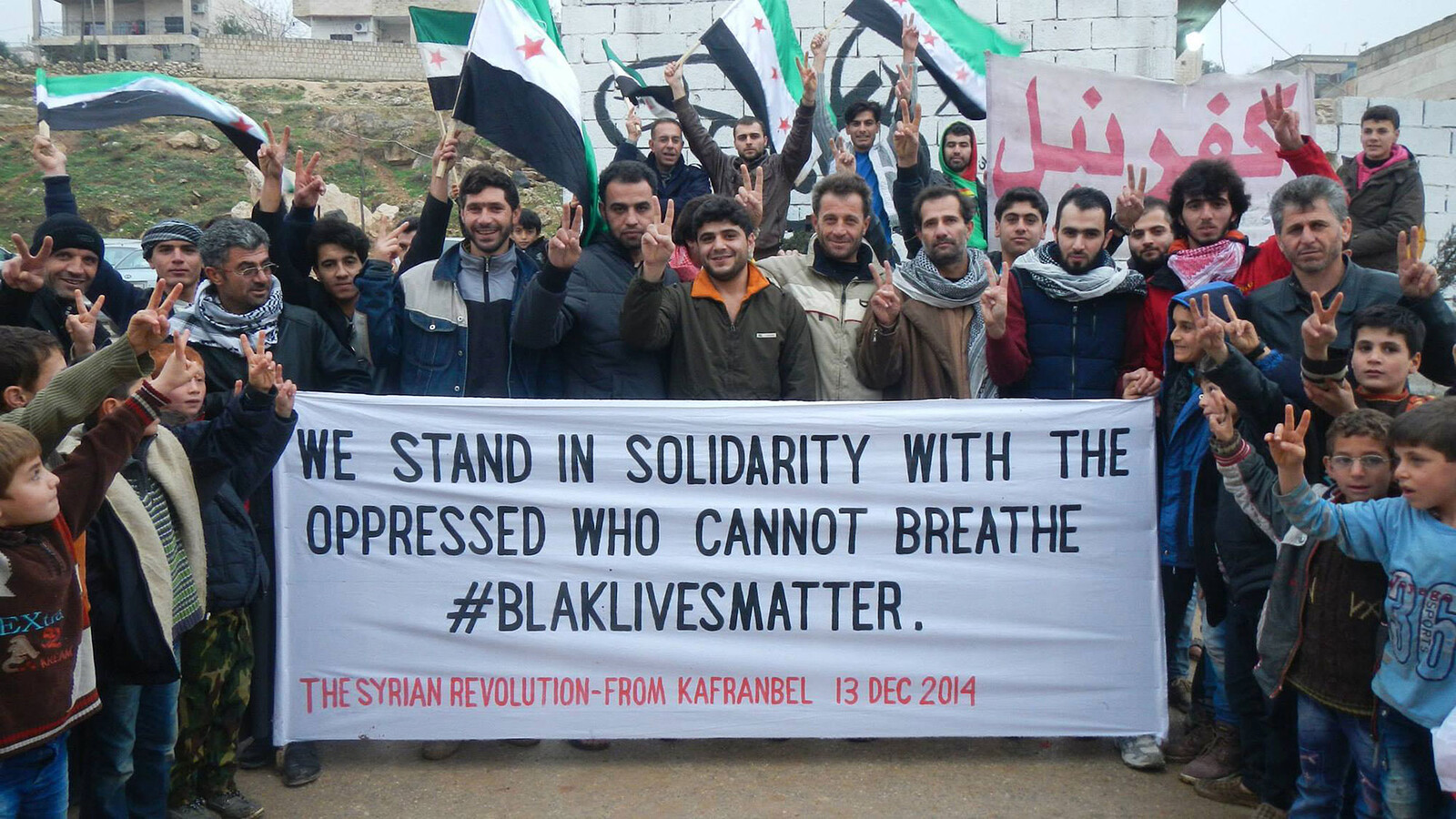My question is not “What is a human being?” but a smaller question, one that isn’t frequently asked but one that turns out to be important to understand the significance of the larger one. This question is this: do human beings always recognize other human beings as human beings? A special case of this would be: do human beings always recognize themselves as human beings? If they do, what are the means of recognition? One reason for asking the question is because of the way in which violence is discussed. Generations of journalists, historians and writers concerned with the nature of violence, and especially with the crimes and murders of states, have noted an attempt to deny the status of human beings to the victims of these crimes. The problem with this is that the language of such denial of victims’ status as humans tends to come in forms of reduction rather than outright exclusion from humanity. Scholars speak of dehumanization as the general linguistic effect. The agents of hatred speak of “sub humans” and of every possible variant on the term, of “waste” or “dirt.” Clearly the language speaks of a will to deny the term “human being” to a group. But it doesn’t, or doesn’t fully answer the question of whether the hatred of others causes a “failure” to recognize them as humans. Without trying to resolve this I want to put the question to one side and simply observe that the problems start with issues of language and discourse. It is in speech and writings that these denials and non-recognitions occur, even if they are performed in war, in murder or just in speech.
The question of whether human beings necessarily recognize themselves as human beings was given concrete form in the nineteenth century when Karl von Steinen, a German ethnographer, made his second expedition in Brazil and visited the Bororos. In his memoir of the trip he described a scene that was subsequently posed and re-posed to generations of anthropologists and linguists as a test of their acumen, as a rite of passage. Steinen first cautions the reader: “We must put out of our minds, the boundaries between men and animals,” and then goes on to report that the Bororo say they are red parakeets. After talking to them about various ways of interpreting this, they answer that they mean: “We are red parakeets.” They are not tempted to agree that it means they would become red parakeets when they died, nor that the red parakeet has some totemic value amongst the Bororo. They simply repeated that they were red parakeets. Bororos are red parakeets and red parakeets are Bororos. It is as if the scene concludes with Steinen giving up: “They mean it literally.” But what is this literal? Is it something bare and blunt, left when intellectual categories, when idiom, has been discarded? The literal here is a belief that utterances have a meaning prior to, and independent of sense.
As others started to read von Steinen’s texts, his account of the Bororos functioned as a challenge to explain its underlying meaning. The first candidate who tried to tame the red parakeet and make it safe for thought was the anthropologist Lucien Lévy-Bruhl, who thought that rationality had an opposite, which he called “primitive mentality”: “In the collective representations of primitive mentality objects, beings, phenomena can be, though in a way incomprehensible to us, both themselves and something other than themselves (à la fois eux meme et autres chose qu’eux memes)…”1 Primitive mentality obeys what Lévy-Bruhl calls the law of participation; it lives in a world in which everything is connected, and from our point of view knows no contradiction. It is a world, if indeed that is the word for such an unbounded and borderless place, in which the instruments of Western reason are lacking. Due to its apparent absence amongst the Bororo, syllogism becomes an object for discussion, for the syllogism, or rather the possession of it, is seen as the signature of reason. To be able to reason with the syllogism is to enter rationality; to lack it is to be primitive. Human? Perhaps, but the term “human” is now working like a scale rather than a type of being or a species, and even less a moral collectivity.
In an anecdote from Alexander Luria, the great Soviet neuropsychologist, the problem is clear.2 After the revolution, Luria was part of an investigation of pre-literate peoples in northern Siberia. Before meeting a local group, the question of the syllogism emerged: would these people understand it? To test this, the specialists invented a model syllogism in the form of a question.
Bears north of the arctic circle are white; Novybirsk is north of the Arctic circle; What color are the bears in Novybirsk?
The local audience was presented with this, but didn’t answer. The investigating team concluded that they “lacked” the syllogism and left. Luria, however, stayed and chatted. Soon, conversation returned to the color of the bears. Several commented that they couldn’t answer because they’d never been there. But one person burst out, “Well, on your terms, they must be white. But I don’t know.” For Luria this changed everything. They didn’t lack the syllogism, they didn’t fail to understand it; it just didn’t fit into their style of reasoning. Thus the syllogism is not a fundamental signature of reason, but a local instrument of demonstration; it is a rhetorical device.
Von Steinen’s test was made to serve as proof of more than that, more than the suggestion that the primitive mentality understood nothing of contradiction. In Tristes Tropiques, Claude Lévi-Strauss realized that von Steinen was suggesting more than this formal privation; Steinem was suggesting that the Bororo could simply not tell the difference between a red parakeet and a Bororo. This moved the issue from the question what do the Bororo mean to the question of the Bororos’ perceptual processes. Or rather, von Steinem is on the verge of saying either that the Bororo are a radically different kind of human, or even that they aren’t really human beings.
One shouldn’t be surprised. Since the generation of Christopher Columbus, European literature on the Amerindians, which involved the question not only of who but what they were, tied a knot with the treatment of indigenous populations. In recent generations many scholars and writers have labored to document and articulate what on one level functions as a great force of degradation; the mapping of the territory of inferiority, this contrast between the European and the native population of the New World.
We would like to think that all that is behind us, whatever behind is and whoever we are. We would like to think that we approach the Other, thoroughly reformed, our thinking cap in hand. No one today is going to say that the Bororo are crazy or even that they are uncooperative informants. The assumption is that they mean what they say and that they say what they mean. Without being explicit, von Steinen extends his interpretation to call upon the aid of the literal. The literal is a phantasy of where words mean whatever they say even if it makes no sense. Or rather, what they mean is an error. The “literal” is to impose a meaning upon someone while using it to exclude them. Utterances about impossible identities are very much at the fore in examples about the primitive. “We are red parakeets” is quite close in the cabinet of identity curiosities to “I am Napoleon.” The mad and the primitive share a common condition. The problem is of course that in the case of Napoleon it is conventional to say that it is a mad utterance in the case of everyone except Napoleon. But the truth is, if it is mad to say it, it is also true, and perhaps especially so, in the case of Napoleon “himself.” Whatever the interpretation of “We are red parakeets,” it will entail taking the statement as the starting point of an elucidation of its sense. One of the problems of the “literal” is the idea that there is a level of meaning free of all negotiation, free of its conditions of existence.
The “literal” continuously returns to haunt our discussions of meaning and sense. But it also easily becomes a rhetoric of the authentic and the transparent which asserts the claims of humanity. In Gotthold Ephraim Lessing’s play Nathan the Wise, Saladin famously asks Nathan what his identity is. Nathan answers “Ich bin ein Mensch” (“I am a human”). Since then, save for the obvious historical period in which it was never performed, audiences have applauded this moment, wishing no doubt that the grand transparency of the statement would be enough to generate its recognition. Of course it didn’t, and it couldn’t.
“I am a human” and “We are red parakeets” are utterances which are parts of larger configurations which we need to pursue in order to get even remotely proximate to the sense of them, where meaning won’t help. They both seem like exercises in frailty forced into an ontological Long March, without any sensible shoes.
Lucien Lévy-Bruhl, Primitive Mentality (London: George Allen & Unwin ltd; New York: The Macmillan Company, 1923), 76–77.
Alexander Romanovich Luria, Cognitive Development: Its Cultural and Social Foundations (Cambridge: Harvard University Press, 1976).
Superhumanity is a project by e-flux Architecture at the 3rd Istanbul Design Biennial, produced in cooperation with the Istanbul Design Biennial, the National Museum of Modern and Contemporary Art, Korea, the Govett-Brewster Art Gallery, New Zealand, and the Ernst Schering Foundation.
Category
Superhumanity, a project by e-flux Architecture at the 3rd Istanbul Design Biennial, is produced in cooperation with the Istanbul Design Biennial, the National Museum of Modern and Contemporary Art, Korea, the Govett-Brewster Art Gallery, New Zealand, and the Ernst Schering Foundation.































































